MVP App & Software Development Services for Startups
What is a Minimum Viable Product?
A Minimum Viable Product (MVP) is the first version of a solution built with minimum features within a faster development period. This allows you to get the input of users at an early stage and adjust your product accordingly. Hence, you will have time to further develop your concept. A startup MVP development strategy paves the way for your product to succeed in the market.
What are MVP
Development Services?
To validate your business idea, you will need a team of professionals
to work on your startup MVP development and present your concept to users.
Staggering ROI offers the
following Startup MVP development services:

Consulting
We provide you with consulting services, an implementation plan for your MVP, choosing a tech stack, product development strategy, and time/cost estimate.

Conceptualization
Product conceptualization is a necessary step that ensures creating the best possible output according to customers’ requirements and expectations.
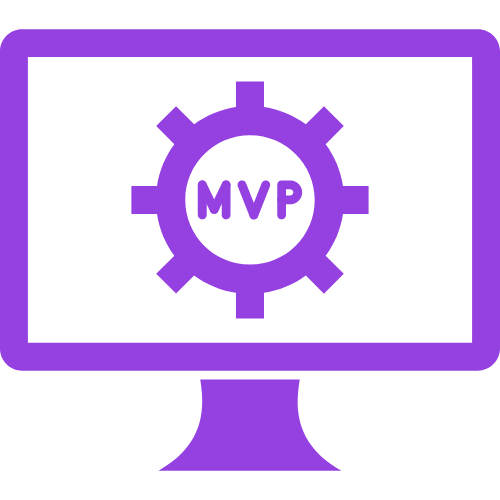
MVP Design
Our design team will create a usable prototype that best portrays the future interactions between users and your software.

Implementation
We incorporate scalability into the product, then apply modifications based on analytics and feedback, creating an MVP that truly reflects your future product.
MVP Development Benefits
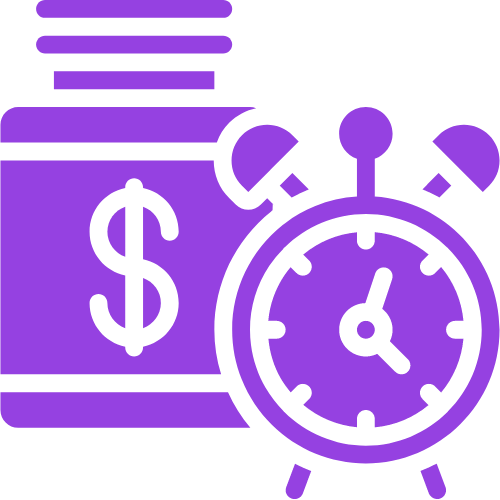
Save Time and Money
MVP development services help you understand the market, gather feedback, and improve your product to meet the market’s needs. You can decide if it is worth further investments, thus avoiding losing time on unneeded features and reducing the risks of losing money.
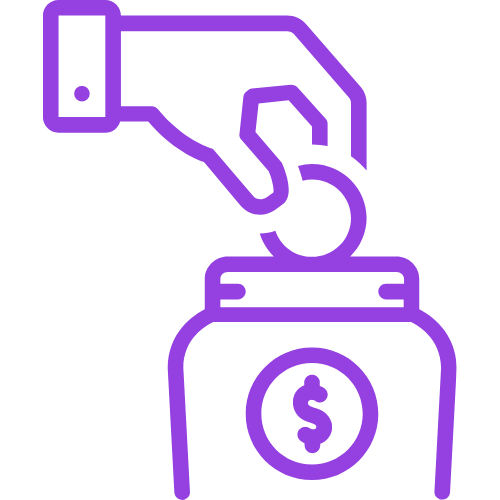
“Early Adopter” Customers
The best early adopters are usually public influencers who are more likely to provide feedback and promote it within their niche. This helps you build an initial client base since those early testers will want to discover and purchase the final version of the product.

Attract Early Investments
Along with early adopters, a well-functioning MVP makes you stand out and get noticed by investors. The latter are more convinced when they see product functionality, viability, existing feedback, and your awareness of the market.
Start-Ups MVP Development Examples
Landing Page MVP
As the name implies, it consists of a simple landing page that introduces your product. It also provides website visitors with information about subscriptions, different terms of use, and pricing, along with a possible call to action like signing up or pre-ordering.

A great example of MVP development for startups is Buffer. Their page explained what Buffer is, how it works, encouraged people to sign up, and included a pricing button that indicates how many were interested. The latter would receive a message explaining that the product is not ready yet, encouraging them to sign up for updates.
Video MVP
A video MVP is when you introduce your product by recording an explanatory video and uploading it to YouTube. It should demonstrate what the product is and how it would help customers who buy it. If the video is engaging, it can go viral and automatically create a word-of-mouth campaign. However, it’s a risk knowing that not all videos get that chance.
An example of a successful video MVP App development Services for a tech startup is Dropbox. The three-minute video they created explained the intended functionality of Dropbox, which led to an overnight increase in signups from 5,000 to 75,000. The actual product was not even ready yet, but people saw the potential.

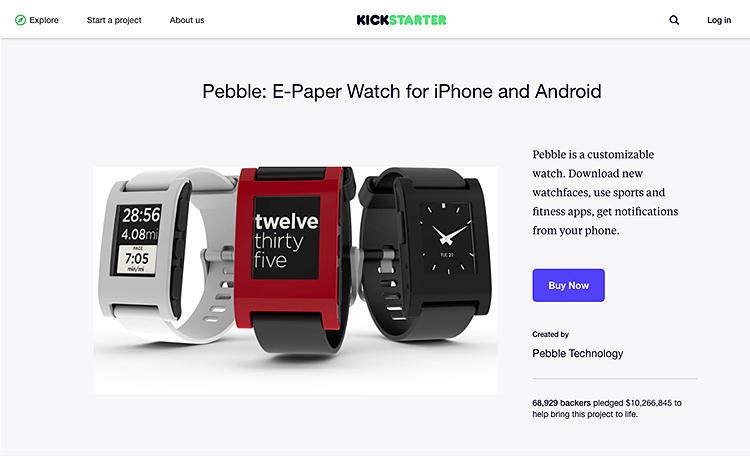
Crowdfunding MVP
Crowdfunding MVP requires a clear presentation of your idea, a basic prototype, or visual design. Then you share it at one of the popular crowdfunding services like Kickstarter or SeedInvest. If your idea attracts users, you get the needed funding as well as the validation of potential consumers.
The founder of the Pebble smartwatch Eric Migicovsky took his product idea to Kickstarter and got a 10 million Dollars investment. You read that right. He then sold half a million watches in two years.
Piecemeal MVP
A piecemeal MVP uses any free digital platform to present a product to customers. You can choose social media platforms to launch a campaign, mass mailing, or any third-party software or applications that already exist.
Groupon used the piecemeal model to build their MVP. They connected customers with local grocery stores and companies, offering discounts for their services. They also used FileMaker to generate coupons, and Apple Mail to send those by email.
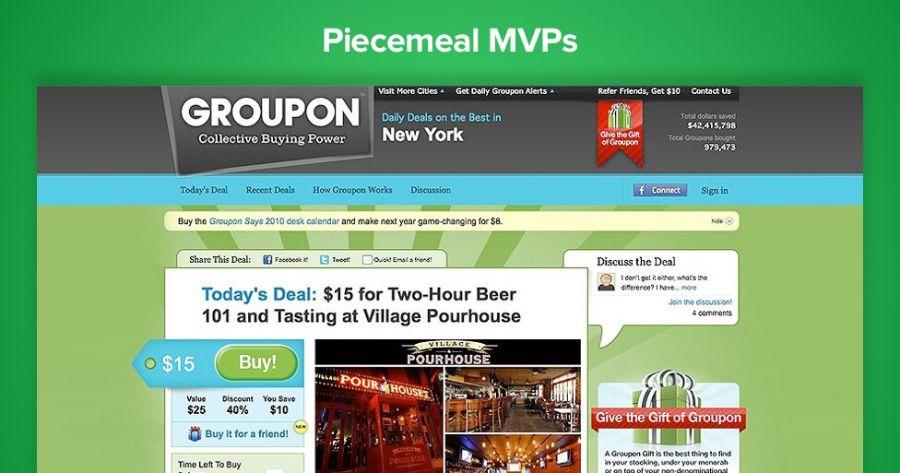
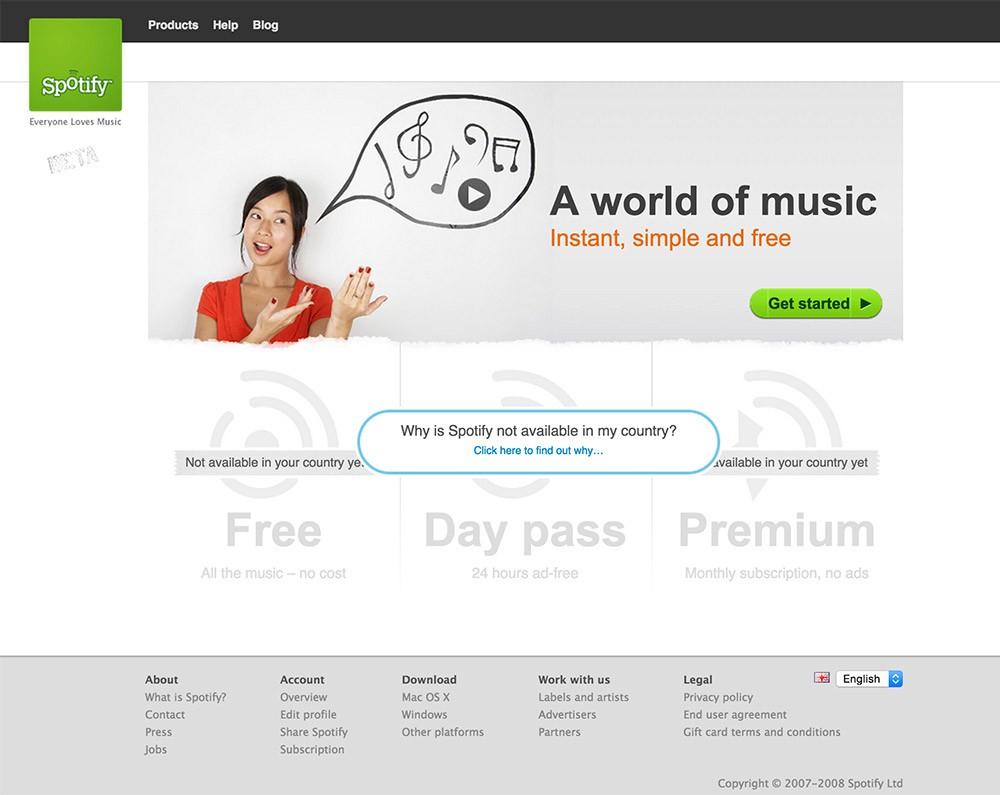
Single-Feature MVP
This type of MVP focuses on one feature of the product. So if you are working on photo editing software, your MVP will include only one photo filter to prove there is potential. You can later add all the filters and features you want once you get positive feedback. Needless to say, it is less expensive and time-consuming than creating a product with full features.
Spotify started as a single-feature MVP that was only streaming music. It later added other features.
Start-Ups MVP Development Steps
The Budget
Planning the budget is always tricky for a non-technical entrepreneur since technical requirements are hard to estimate. Therefore, here are some tips to consider:

Consult an expert
Do not get misled by Google search results that might claim MVP Software development costs can be extremely low or extremely high. Your MVP quality should be of high quality, but not too expensive.
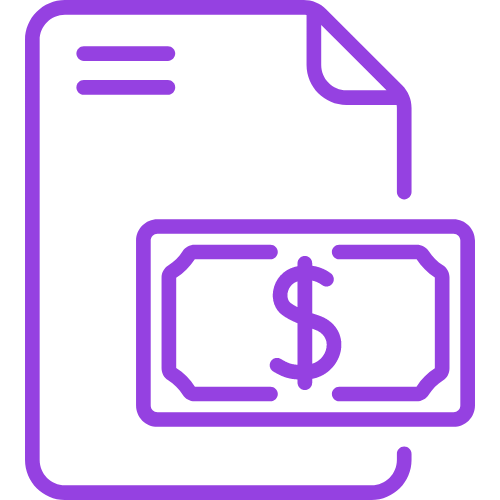
Include business costs
Developing an MVP is not the only phase to include in your budget. You also need to take into account sales and marketing channels, including testing.

Focus on value
Avoid cost savings at the expense of quality. When it comes to MVPs, focus on high quality, even if that means a more limited experience.

Avoid overspending
An MVP should represent the basic idea of your product. So forget about unnecessary features for the time being, and focus on a clear, user-friendly, attractive design.
Which MVP is the Best?
- Low fidelity MVPs give basic results that help you understand the needs of consumers. It gives you insight into whether your idea is worth developing further.
- High fidelity types give more in-depth results, but also require more resources. They identify the interests of consumers and whether they are ready to make a purchase. It can also gather feedback from real users to develop the product accordingly.
Once you find the required fidelity for your project, choose your MVP type by answering these questions:
- What is the highest risk you are facing and how can you investigate it?
- What’s your timeline to build an MVP and receive results?
- What is your budget?
Target Audience
For your startup MVP development to succeed, the first thing you should identify is the target audience of your product.
Your consumer base consists of the users who will relate to your product and benefit the most from its features. To identify your target audience, put yourself in the shoes of your ideal users.
Who will benefit the most from your idea?


Hire an MVP Developer
Your MVP developer can be a freelancer or part of a development company. If you want to hire a company, we suggest you make sure to find thorough reviews about it and take a look at their previous clients.
Whereas if you prefer to hire a freelancer, which is less costly, you will have to go through an interview-based hiring process that gives you a chance to find the candidate closest to the expertise and mindset you are looking for.
Marketing
How can you market a product that is not yet complete? In fact, it is best to start promoting your MVP as early as possible. Your marketing plan depends on the purpose of the product and its allocated budget. If you have a limited budget, the most cost-effective way to promote your MVP is through inbound marketing like social media, blog posts, newsletters, and networking.
If your budget allows, you can always use outbound marketing which is more traditional and costly. It includes tactics like push messaging, cold email outreach, display advertising on websites, and activities like seminars.

The marketing campaign is always followed by an analysis of your MVP performance and gathering feedback from users. To do so, you can use metrics like the number of installs, number of active users, session durations, customers’ satisfaction, and of course sales and revenues.
Don’t let all the MVP planning burden your mind.
MVP Development Cost

Freelance MVP developers or Development company
A freelance MVP developer would usually charge less than a development company for a product prototype, depending on the scope of work they provide.

Design and Functionality
The more customized your interface is, the more it will cost. Is your software simple and basic, or does it include customized features? The more you intend to enhance your MVP, the more you will need to spend on it.
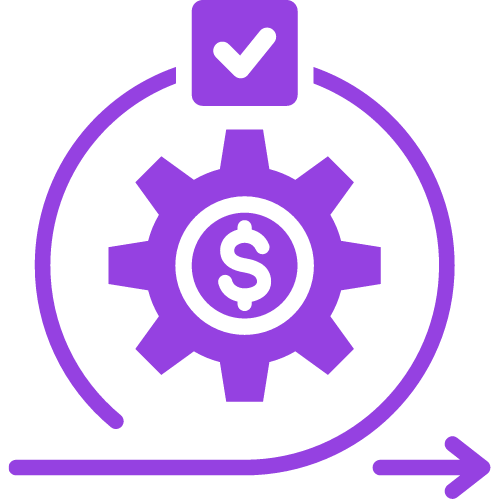
Iterations
If you are building a scalable API-based platform that can support iterations in the back-end and front-end, then the cost of your MVP will increase according to those changes.
FAQ
How long should an MVP take to build?
It all depends on the development approach you choose, features you want to implement, design complexity, and the experience of your team. A complex project could take up to nine months, but the range is usually three to four months.